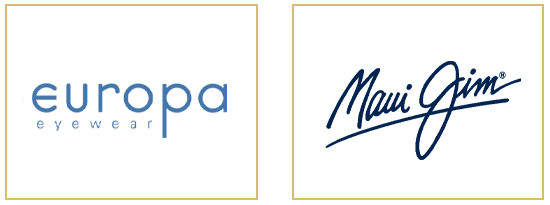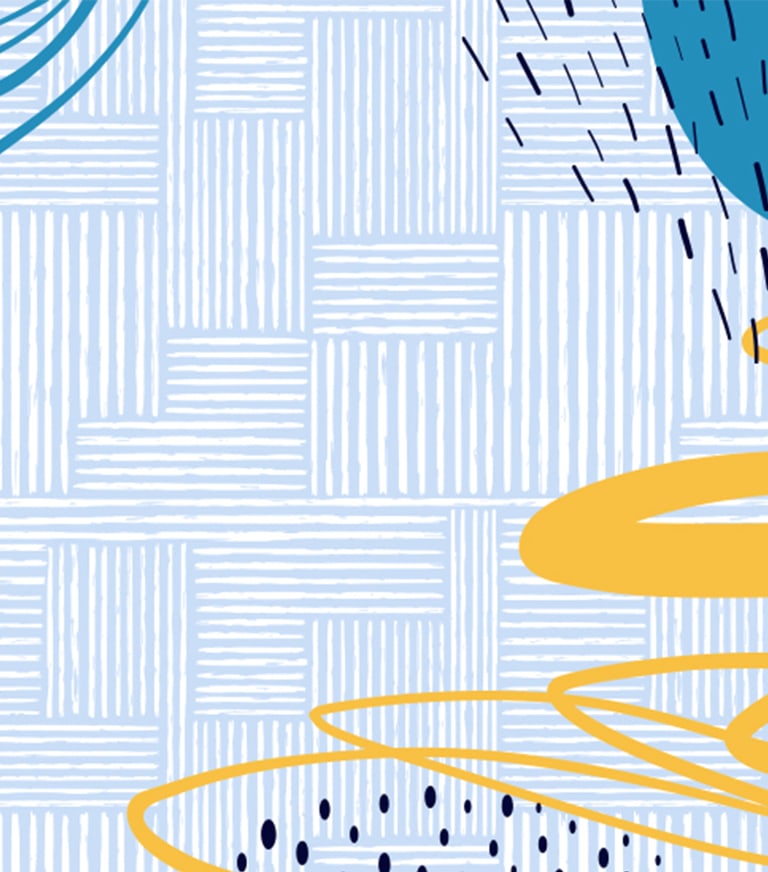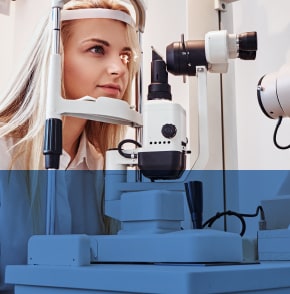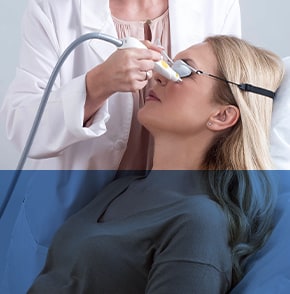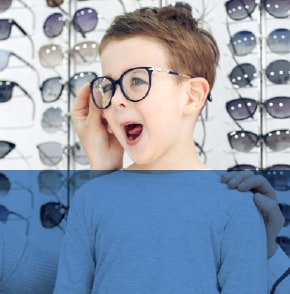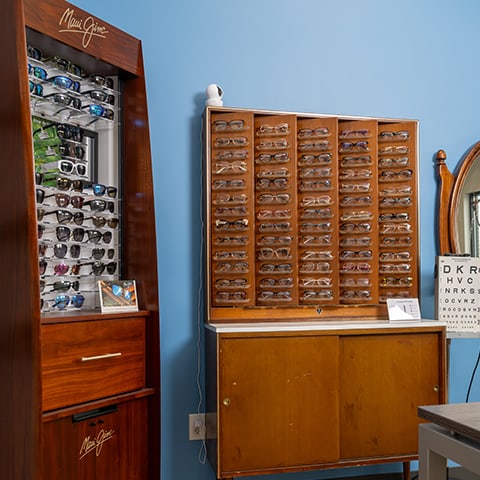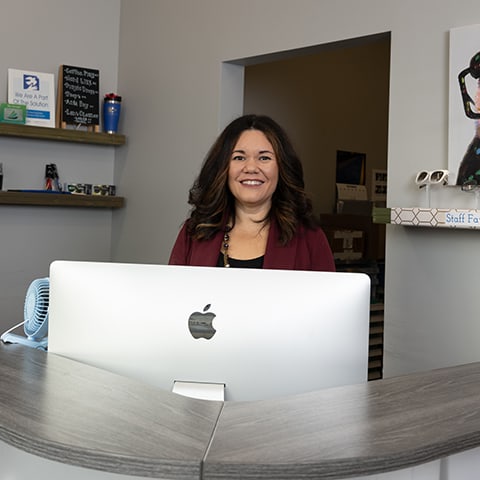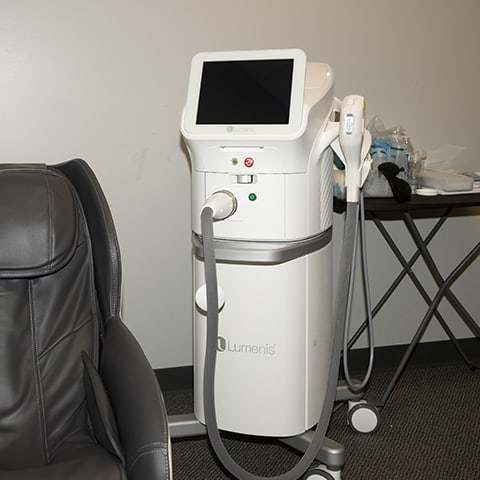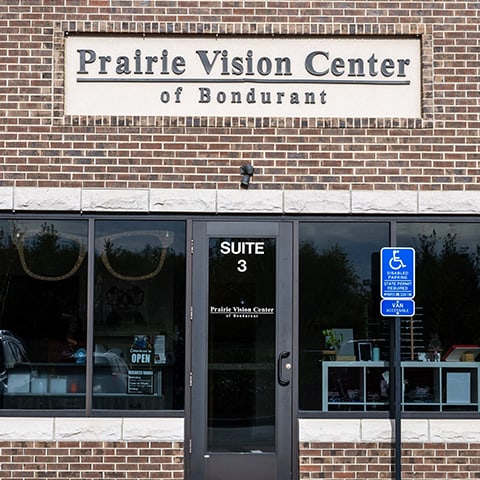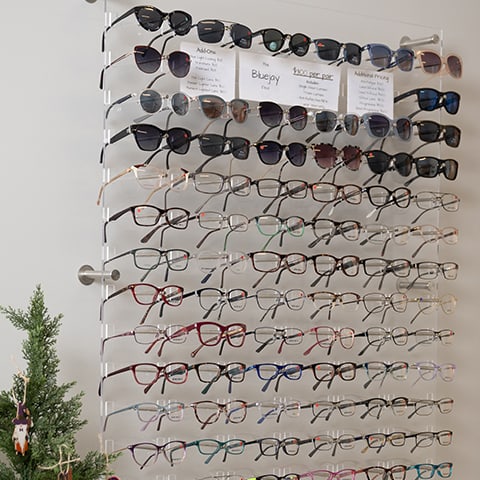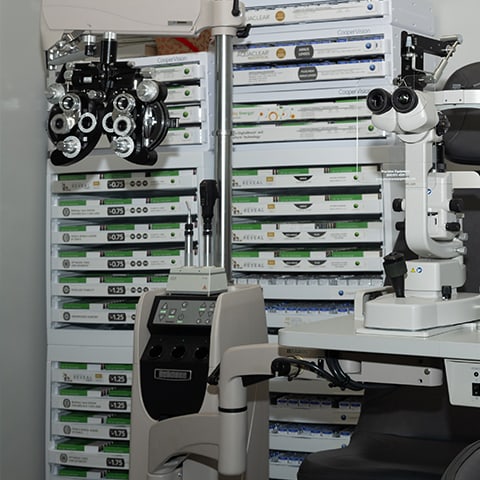Dry Eye & Its Symptoms
When your eyes can’t produce enough tears, or when they evaporate too quickly, it can lead to dry eye—a common condition that causes irritating symptoms like scratchy, stinging, and burning eyes. For many, dry eye can become a chronic issue that impacts their quality of life.
But we can help.
With advanced diagnostic tools and innovative treatments, we’re dedicated to providing long-term relief tailored to your needs. If you’re experiencing dry eye, call us today to schedule an appointment.
Request AppointmentWhat Causes Dry Eye?
Dry eye is a multifactorial condition, meaning there are many potential causes. One of the most common is meibomian gland dysfunction (MGD), which affects the oil-producing glands in your eyelids, leading to unstable tear film. Blepharitis, or inflammation of the eyelids, can also impact tear production.
Other factors that contribute to tear film instability and dry eye include:
- Age
- Medications
- Contact lens use
- Hormonal changes
- Autoimmune diseases
- Environmental conditions
Types of Dry Eye
Dry eye can be classified into 2 main types: evaporative (the wrong type of tears) and aqueous deficient (not enough tears) dry eye. Both types affect the layers of the tear film but in different ways.
The tear film is made up of 3 layers:
- Inner mucus layer: Spreads tears evenly across the surface of the eye. This is the glue for your tears to keep them where they are supposed to be.
- Middle watery layer: Hydrates the eye.
- Outer oily layer: Prevents the tears from evaporating too quickly. This layer comes from glands in our eyelid and is released when we blink our eyes.
An imbalance in any of these layers can lead to dry eye symptoms.
Since dry eye is a complex condition, treatment depends on which type you have. Once we diagnose the cause, our team will provide personalized care to help manage your symptoms.
Aqueous Deficient Dry Eye
Aqueous deficient dry eye occurs when the lacrimal glands—located in the upper outer corners of your eyes—don’t produce enough of the watery layer of your tear film. This watery layer is essential for keeping the eyes hydrated. Conditions like Sjögren’s syndrome, an autoimmune disorder, can interfere with tear production, leading to dryness and irritation.
Evaporative Dry Eye
Evaporative dry eye occurs when the tear film’s oily outer layer isn’t able to prevent excessive evaporation. This is often linked to MGD, where the oil-producing glands don’t function properly. As a result, the tears evaporate more quickly, leading to dryness and irritation in the eyes.
What Can Make Dry Eye Worse?
Certain factors can make dry eye symptoms worse. A lack of vitamin A and omega-3s can increase your risk, so add eye-friendly foods like carrots, broccoli, fish, and walnuts to your diet.
Environmental factors also play a role. To help manage dry eye, consider:
- Using a humidifier, especially next to your computer and bed
- Using a Bruder mask or other warm/moist compresses every day for 10 minutes
- Wearing sunglasses outside
- Avoiding smoke, wind, and air conditioning
- Drinking 8–10 glasses of water daily
- Getting 7–8 hours of sleep each night
- Limiting screen time or taking breaks from devices
By making small lifestyle changes, you can help reduce irritation and improve your comfort.
Diagnosing & Treating Dry Eye
We use various tools to diagnose dry eye to determine whether you have aqueous deficient or evaporative dry eye and what’s causing it.
One of the methods we use is meibography, a simple, noninvasive test that takes images of your meibomian glands. This helps us spot any issues that might be causing your dry eye. The meibomian glands produce the oil layer of your tears. They are the most likely to be harmed by computer usage due to decreased blink rates.
We also use dyes to check how quickly your tears evaporate. If the dye fades too quickly, or if it sticks to any damaged tissue, it may indicate dry eye. We most commonly use the yellow drop (fluorescein dye) to assess every patient while checking the pressure within the eye.
Once we know the cause of your dry eye, we’ll create a treatment tailored to help you find lasting relief. We offer several treatment options.
OptiLIGHT by Lumenis
OptiLIGHT by Lumenis is a light-based, noninvasive treatment done in the area below the eyes to manage dry eye. The first and only IPL FDA-approved for dry eye management.
The treatment is safe, gentle, and is backed by more than 20 clinical studies.
OptiLIGHT uses precise pulses of light to reduce the inflammation that is typically associated with dry eye disease, improve tear break-up time, and increase meibomian gland functionality.
Meibomian Gland Expression
Meibomian gland expression is an in-office treatment that gently clears blocked eyelid glands, helping restore natural oils to the tear film. This is assessed initially by gently pushing on the eyelids to see if they easily release oil or if they’re clogged and more buttery in appearance.
This therapy reduces dryness and discomfort by addressing MGD.
Punctal Plugs
Punctal plugs are tiny, biocompatible devices inserted into the tear ducts to help retain your natural tears longer. They help provide lasting moisture and relief for those who need extra tear conservation to manage dry eye symptoms.
Punctal plugs may not be the best option if you experience seasonal allergies. Be sure to let us know about any allergy symptoms before we place them.
Medicated Eye Drops
Medicated eye drops provide targeted relief by reducing dryness and irritation. They also help increase tear production, soothe your eyes, and promote healing.
These can range from OTC artificial tears to prescription medications. There are always new medications coming out—ask us which ones would work best for you.
Eye Masks
Warm moist eye masks are a simple and effective way to manage dry eyes at home. Applying a warm compress to your eyes for 10 minutes every day can help unblock meibomian glands and improve oil production.
Eye masks are Dr. Korth’s #1 favorite recommendation, given that they are relatively cheap and show great improvement in tear makeup.
Request an Appointment
Dry eye symptoms can be frustrating, but we’re here to help! Dry eye is a medical condition and can be billed to your medical insurance. Not all treatments are covered by medical insurance.
Schedule an annual eye exam or a more targeted dry eye assessment today.
Request AppointmentCome Visit Us

Our Address
- 87 Paine St, Suite 3
- Bondurant, IA 50035
Contact Information
- Phone: 515-267-7908
- Text: 515-755-0080
- Email: [email protected]
Our Hours
Hours
- Monday: By Appointment Only
- Tuesday: 8:30 AM – 5:30 PM
- Wednesday: 8:30 AM – 5:30 PM
- Thursday: 8:30 AM – 5:30 PM
- Friday: 8:30 AM – 12:00 PM
- Saturday: Closed
- Sunday: Closed
Our Brands
Our Eyewear Options

